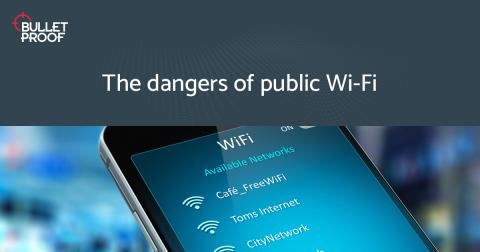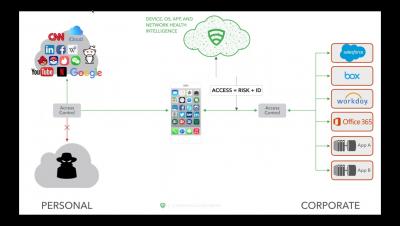The dangers of public Wi-Fi
Working from home used to mean an unofficial day off, but it’s becoming an increasingly common way for people to – well, actually work. For these people, pitching up at a coffee shop is not unusual. Lots of people do it. They're no longer the reserve for would-be screenwriters. There are numerous benefits, such as easy access to overpriced coffees and the option to be sociable but with no obligation to actually be so.









